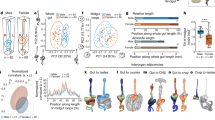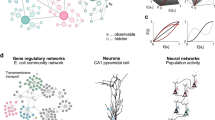Abstract
DOSAGES of toxic materials sufficient to ensure complete mortality of a given population have not been determined very precisely in the past, because of the nature of the S-shaped toxicity curve. Numerous estimates of relative toxicity, based on dosages to kill only 50 per cent of a population, have been published. Precision thus obtained is often of distinct advantage in theoretical studies of various factors which influence toxicity. It is obvious, however, that, depending upon the percentage of mortality taken as a basis for comparison, the toxicity relations of two compounds may vary. For example, 50 per cent of a population of rice weevils (Sitophilus oryzæ L.) are killed by a dosage of 23 mgm. per litre of carbon disulphide or by one of 35 mgm. of ethylene dichloride. If comparisons are made at 75 per cent mortality, the curves are found to be sharply divergent, the respective dosages being 27 and 62 mgm. per litre. No simple factor, therefore, can be used with which to multiply the median lethal dose, and to obtain the amount to kill approximately 100 per cent.
This is a preview of subscription content, access via your institution
Access options
Subscribe to this journal
Receive 51 print issues and online access
$199.00 per year
only $3.90 per issue
Buy this article
- Purchase on Springer Link
- Instant access to full article PDF
Prices may be subject to local taxes which are calculated during checkout
Similar content being viewed by others
References
Bliss, C. I., Science, 79, 38–39, 409–410; 1934.
Author information
Authors and Affiliations
Rights and permissions
About this article
Cite this article
SHEPARD, H. Relative Toxicity at High Percentages of Insect Mortality. Nature 134, 323–324 (1934). https://doi.org/10.1038/134323a0
Issue Date:
DOI: https://doi.org/10.1038/134323a0
Comments
By submitting a comment you agree to abide by our Terms and Community Guidelines. If you find something abusive or that does not comply with our terms or guidelines please flag it as inappropriate.



